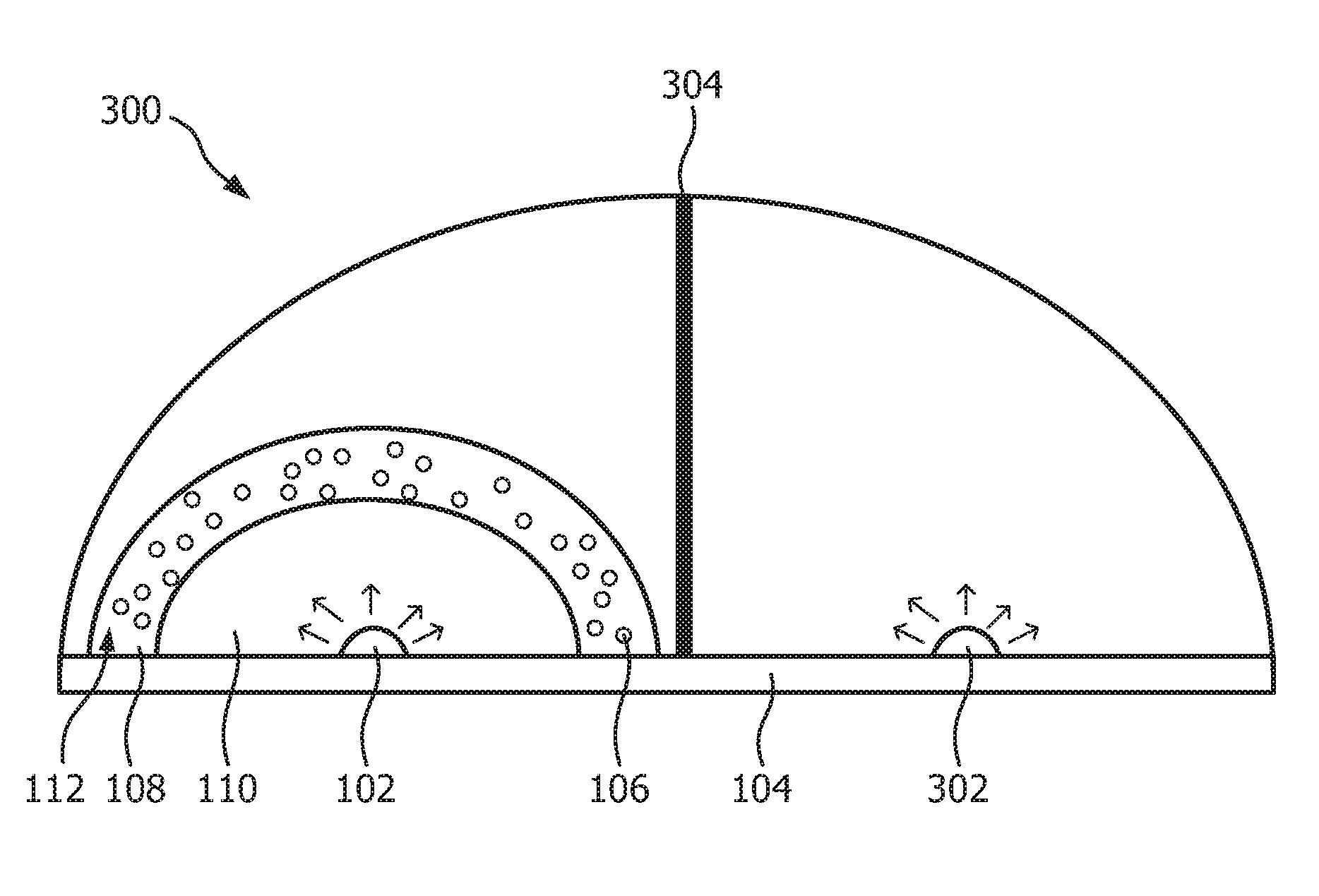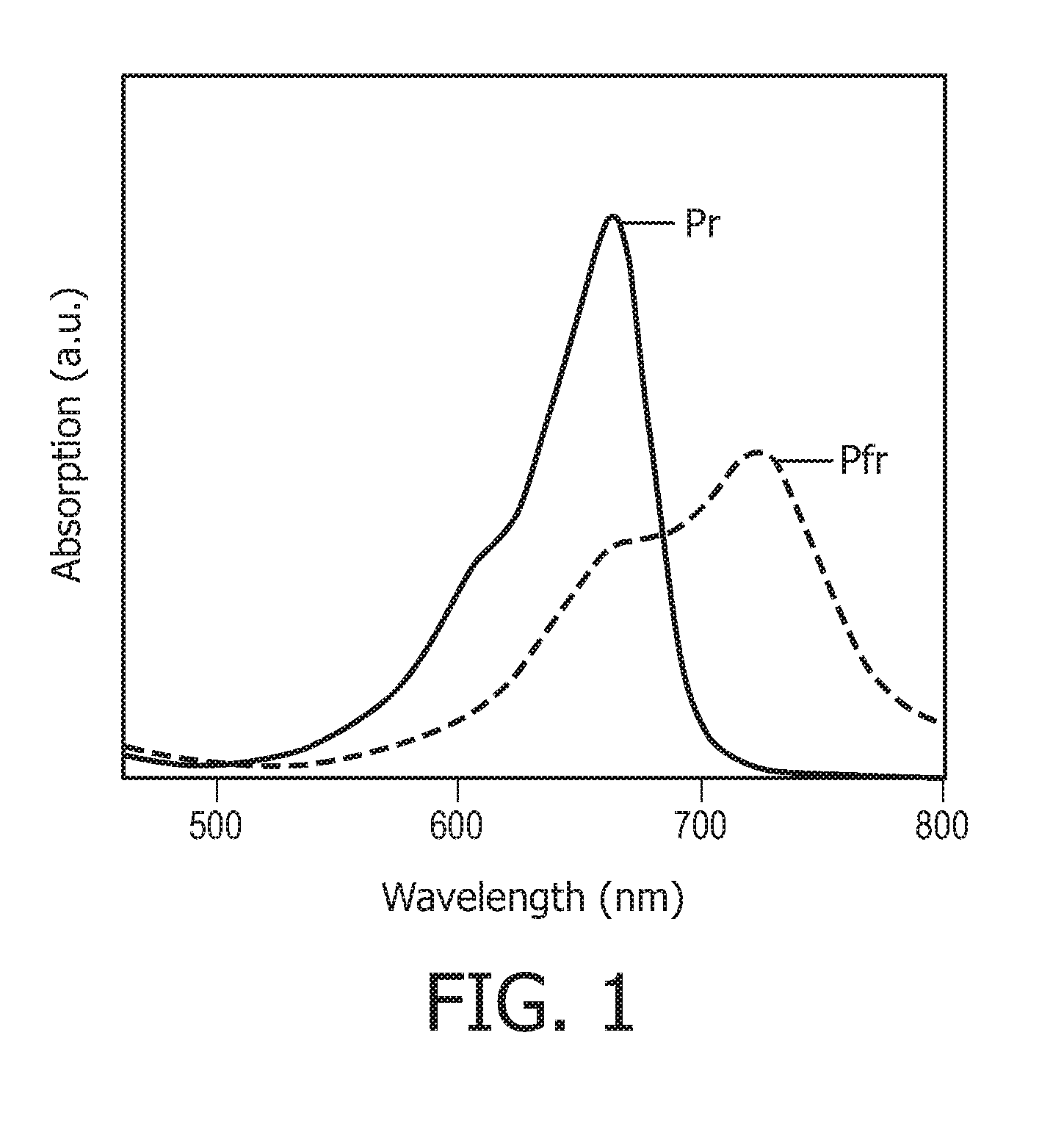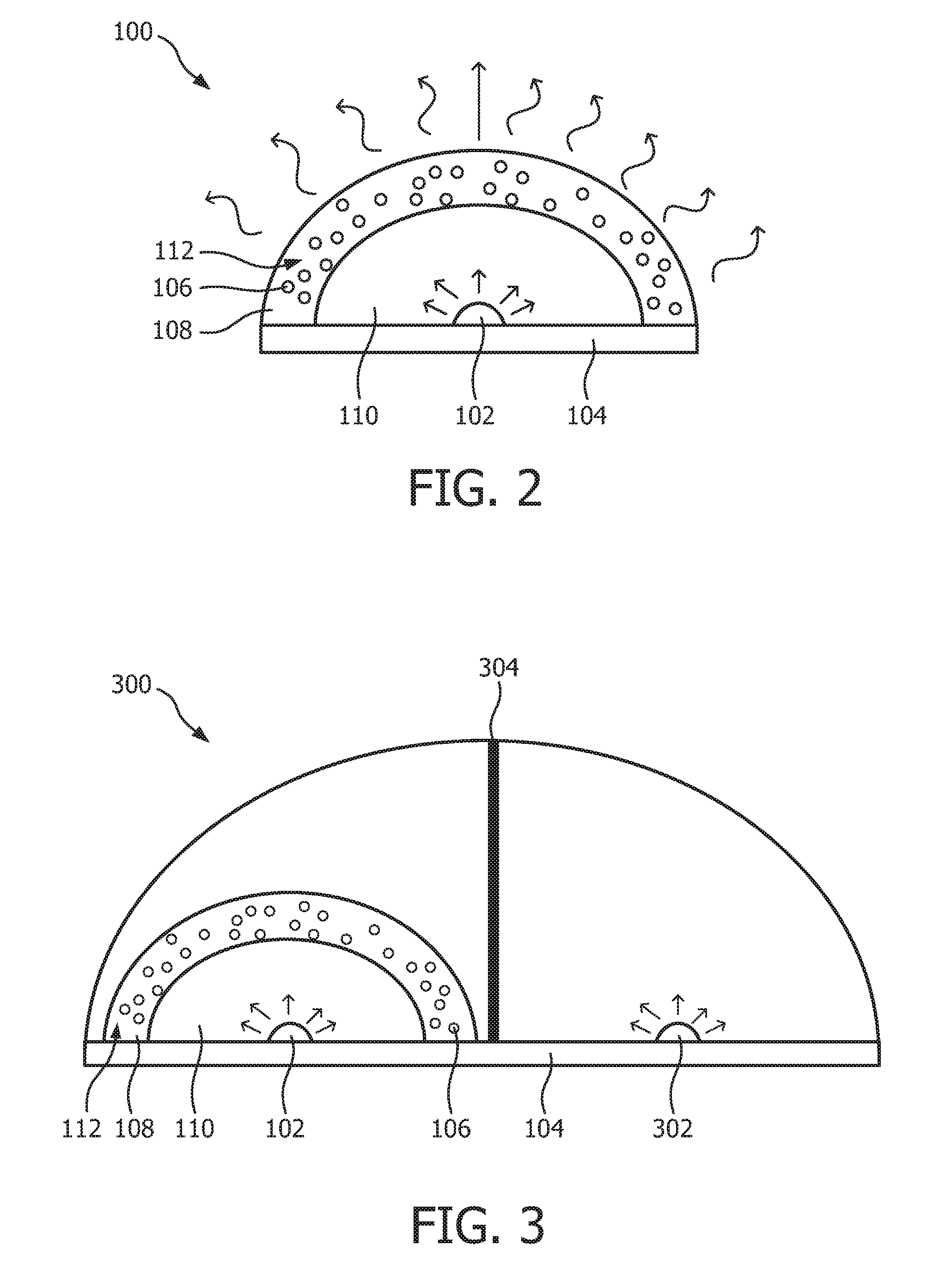A horticulture lighting device and a method to stimulate plant growth and bio-rhythm of a plant
a lighting device and plant technology, applied in the direction of light source semiconductor devices, lighting and heating apparatus, and saving energy measures, etc., can solve the problems of high voltage, short life, and limited efficiency, and achieve the effect of reducing the risk of mercury contamination, and reducing the efficiency of lighting devices
- Summary
- Abstract
- Description
- Claims
- Application Information
AI Technical Summary
Benefits of technology
Problems solved by technology
Method used
Image
Examples
Embodiment Construction
[0036]The present invention will now be described more fully hereinafter with reference to the accompanying drawings, in which currently preferred embodiments of the invention are shown. This invention may, however, be embodied in many different forms and should not be construed as limited to the embodiments set forth herein; rather, these embodiments are provided for thoroughness and completeness, and fully convey the scope of the invention to the skilled person.
[0037]In plant cultivation, it is desirable to use a direct red and / or far-red light. Red light has for example the optimum wavelength for plant photosynthesis. By applying far-red an end-of-daylight treatment can be achieved which has beneficial effects on plant growth, providing longer stems, which is, for example, of importance for cut flowers and seedlings whereas expanding leafs and enhancing growth rates is of importance for leafy greens etc.
[0038]Different forms of phytochrome, Phytochrome reduced (Pr) and Phytochrom...
PUM
 Login to View More
Login to View More Abstract
Description
Claims
Application Information
 Login to View More
Login to View More - R&D
- Intellectual Property
- Life Sciences
- Materials
- Tech Scout
- Unparalleled Data Quality
- Higher Quality Content
- 60% Fewer Hallucinations
Browse by: Latest US Patents, China's latest patents, Technical Efficacy Thesaurus, Application Domain, Technology Topic, Popular Technical Reports.
© 2025 PatSnap. All rights reserved.Legal|Privacy policy|Modern Slavery Act Transparency Statement|Sitemap|About US| Contact US: help@patsnap.com



